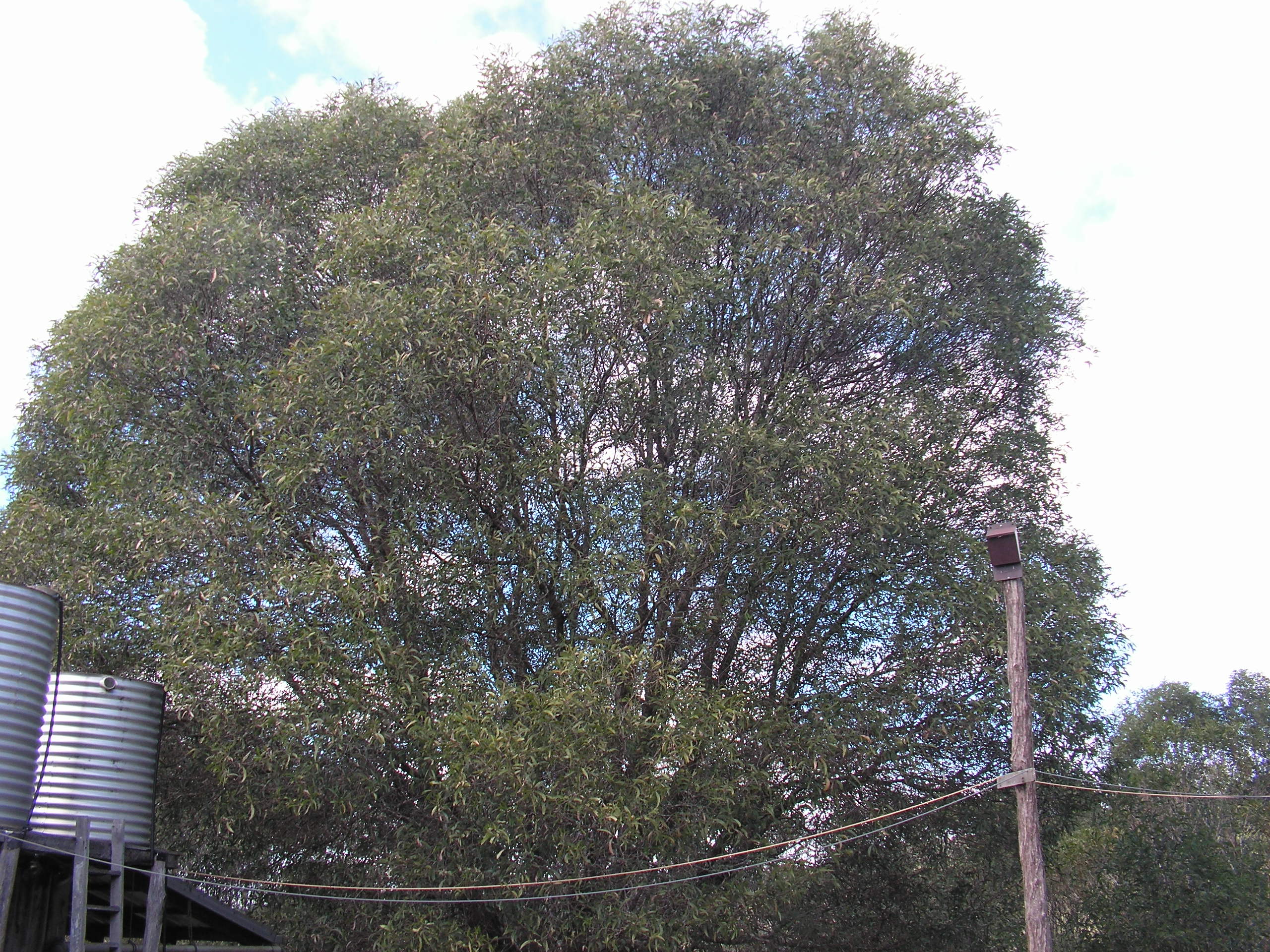Pronunciation: Acacia (ah-KAY-sha) disparrima (dis-pah-REE-mah)
Acacia disparrima, commonly known as Hickory Wattle, is a resilient and adaptable species of Acacia native to Australia.
It plays a significant role in its native ecosystems and contributes to the landscape’s aesthetic.
Description:
- Growth: Shrub or small tree, 3-10 meters tall, bark is rough and often fissured, particularly on older trees.
- Leaves: Lanceolate phyllodes, up to 15 cm long.
- Flowers: Bright yellow, globular heads, blooming in spring and early summer.
- Pods: Long, narrow, up to 10 cm, containing seeds.
Habitat and Distribution:
Found in eastern Australia from New South Wales to northern Queensland, Acacia disparrima thrives in various habitats, including forests, woodlands, and riverbanks, and adapts to sandy and clay soils.
Hosts: (included but not limited to)
- Rainbow Lorikeet (Trichoglossus moluccanus): Feeds on the seeds and sometimes the flowers. They also use the plant for shelter.
- Yellow-faced Honeyeater (Caligavis chrysops): Are attracted to the flowers for nectar. By feeding on the nectar, they aid in pollination.
- Golden-shouldered Parrot (Psephotellus chrysopterygius): This endangered parrot feeds on the seeds. The plant’s seed pods are a significant food source for these birds.
- Willie Wagtail (Rhipidura leucophrys): These birds hunt insects that inhabit Acacia disparrima, benefiting from the plant’s role in attracting a variety of insects.
- Common Brushtail Possum (Trichosurus vulpecula): Feeds on the leaves, flowers, and occasionally the bark. The plant provides both food and shelter.
- Sugar Glider (Petaurus breviceps): Feeds on the sap, gum, and sometimes the nectar. The plant also offers them shelter in its branches.
- Common Grass Blue (Zizina labradus): Eggs are laid singly on the phyllodes or flower buds. They are tiny, round, and white. After hatching, the larvae feed on the phyllodes, flowers, and young shoots of the host plant. They often feed in the presence of ants, which protect them from predators in exchange for a sugary secretion.
- Bag Shelter Moth (Ochrogaster lunifer): Eggs are laid in clusters on the leaves or bark of the host plant. The larvae feed at night, venturing out from their nests to feed on the phyllodes.
Ecology and Uses:
- Soil Stabilization: Prevents erosion and improves soil structure.
- Nitrogen-fixing Bacteria: Forms symbiotic relationships with nitrogen-fixing bacteria, particularly species of the genus Rhizobium. These bacteria inhabit root nodules and convert atmospheric nitrogen into forms usable by the plant, enhancing soil fertility and supporting other plant species in the vicinity.
- Horticulture: Used in landscaping and as an ornamental plant.
- Firewood: The wood can be used as firewood, providing a sustainable source of fuel for rural and remote communities.
- Crafts and Small Timber Products: The wood is suitable for small-scale timber products and crafts, including tool handles, fence posts, and other utility items
Links:
Acacia disparrima subsp. disparrima : Brush Ironbark Wattle | Atlas of Living Australia (ala.org.au)
- Flower
- Seed pod
- Spent seed pod
- Leaves
- Habit
- Habit












